Archive
2020
KubaParis
HOW I FINALLY LOST MY HEART




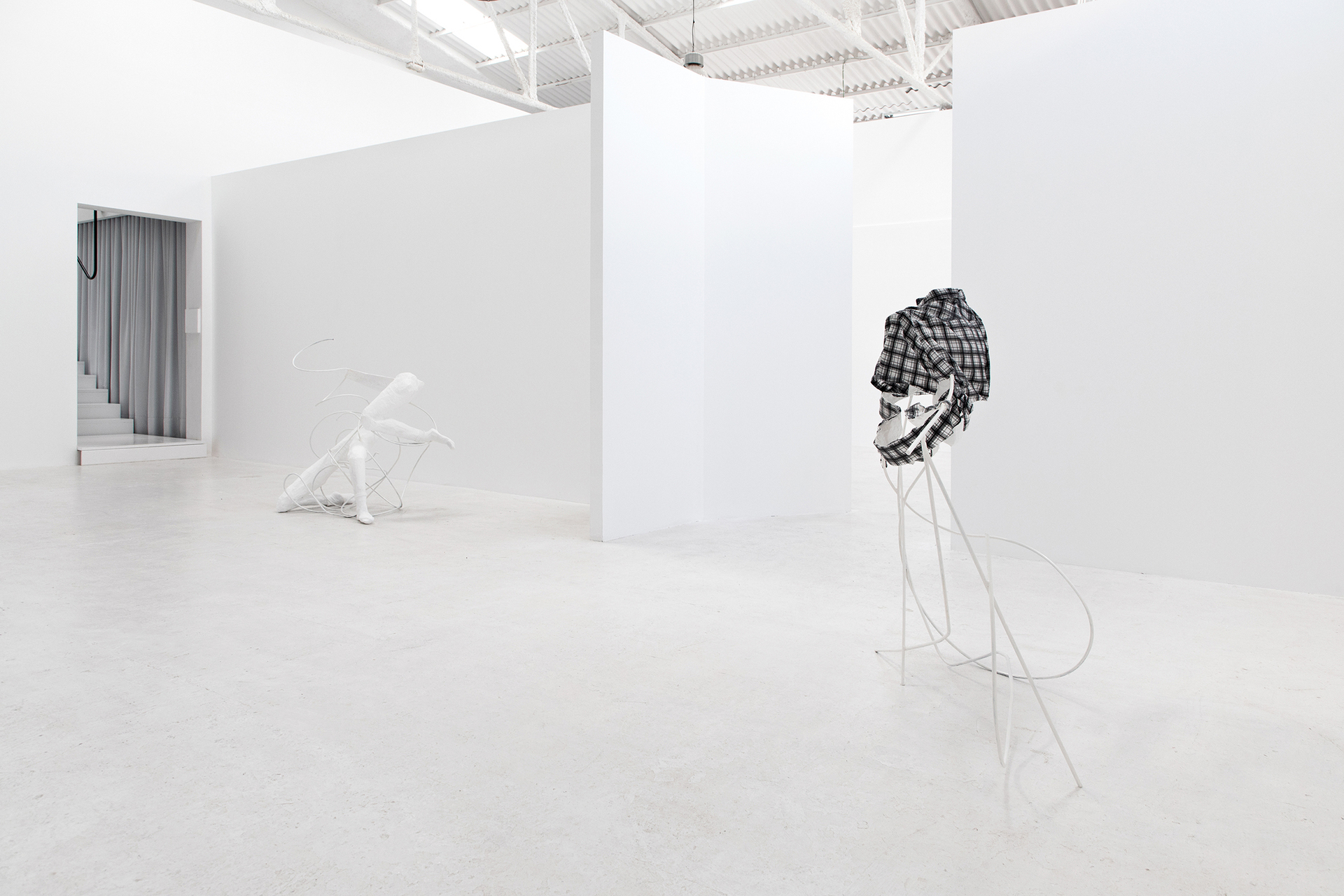


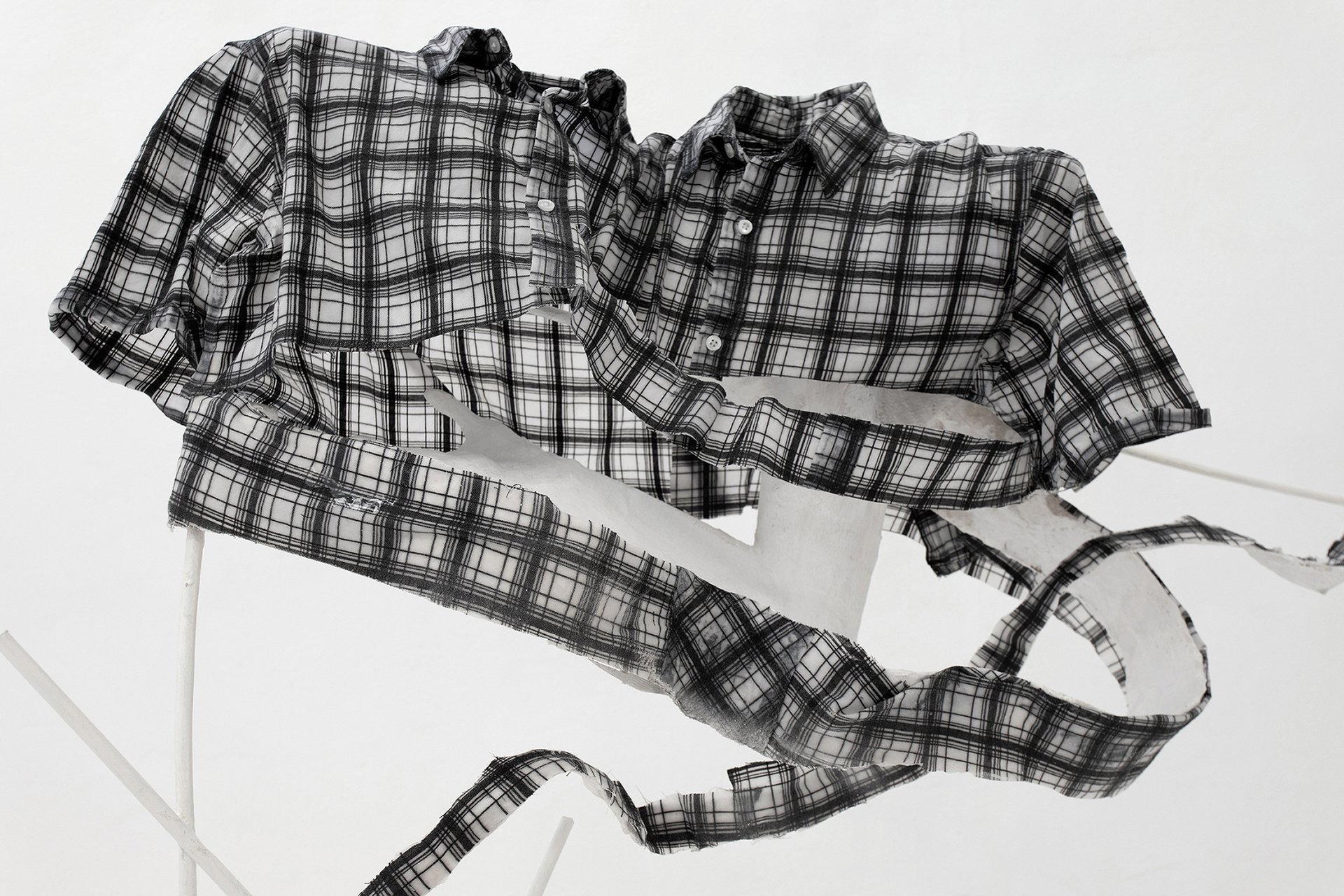
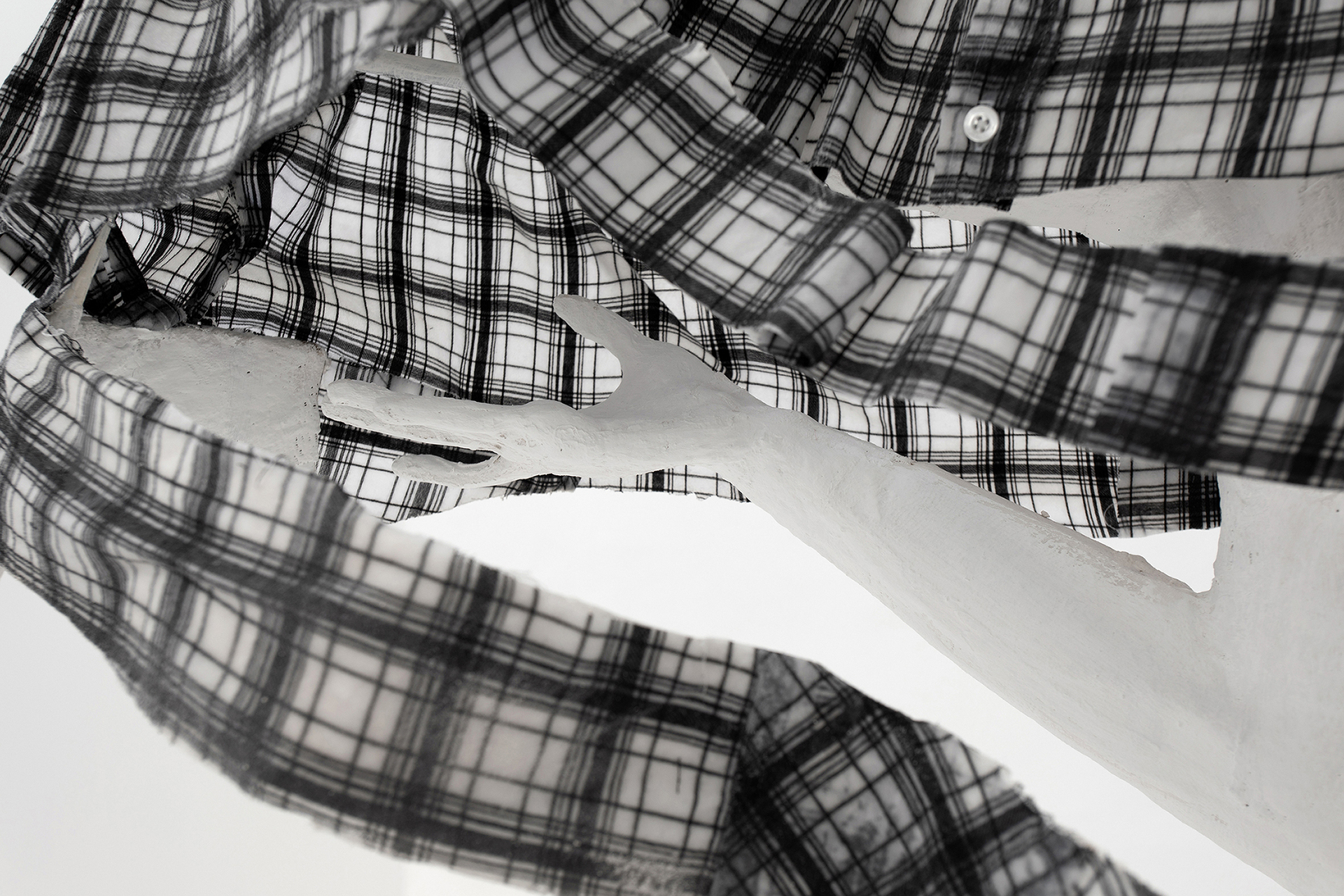
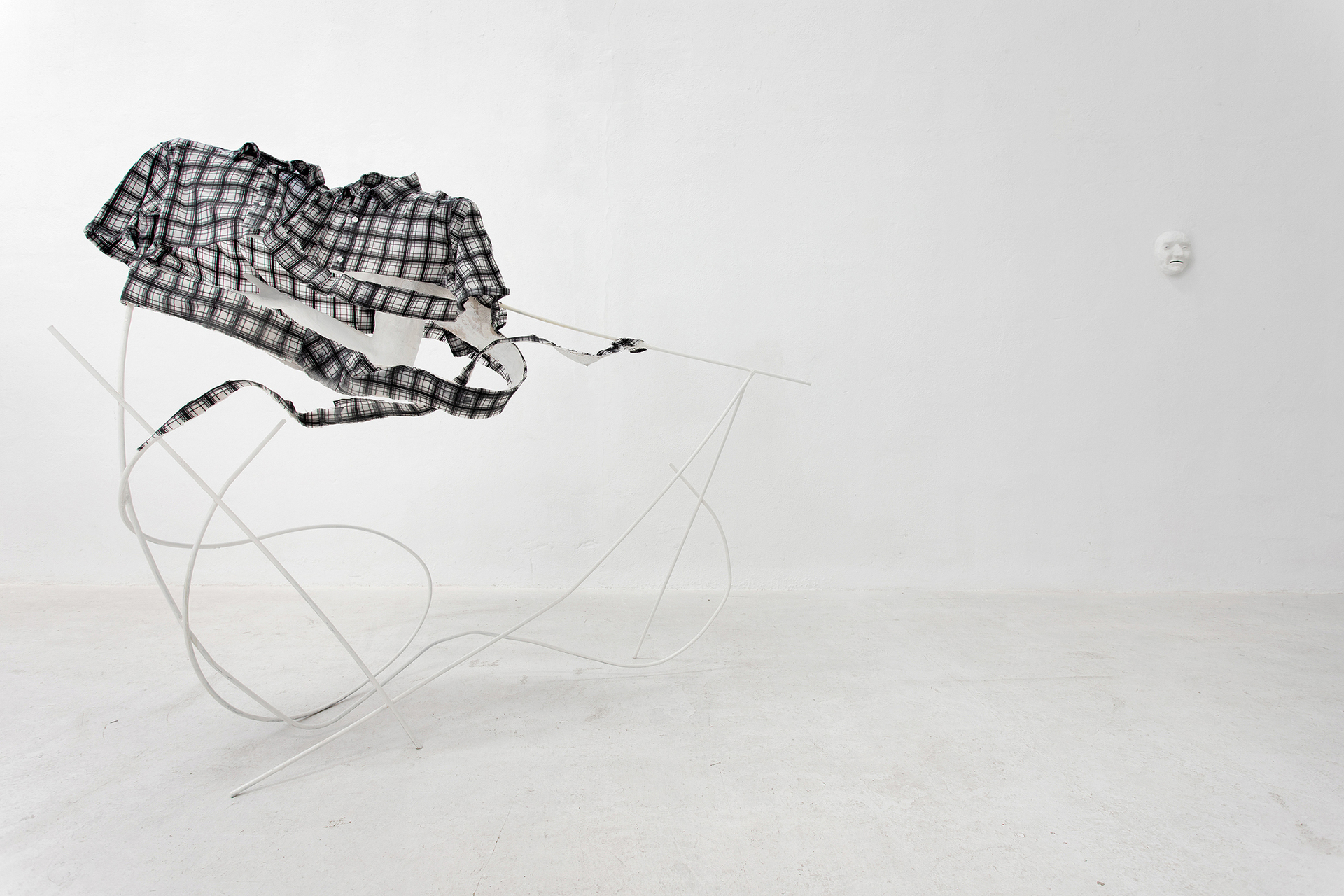
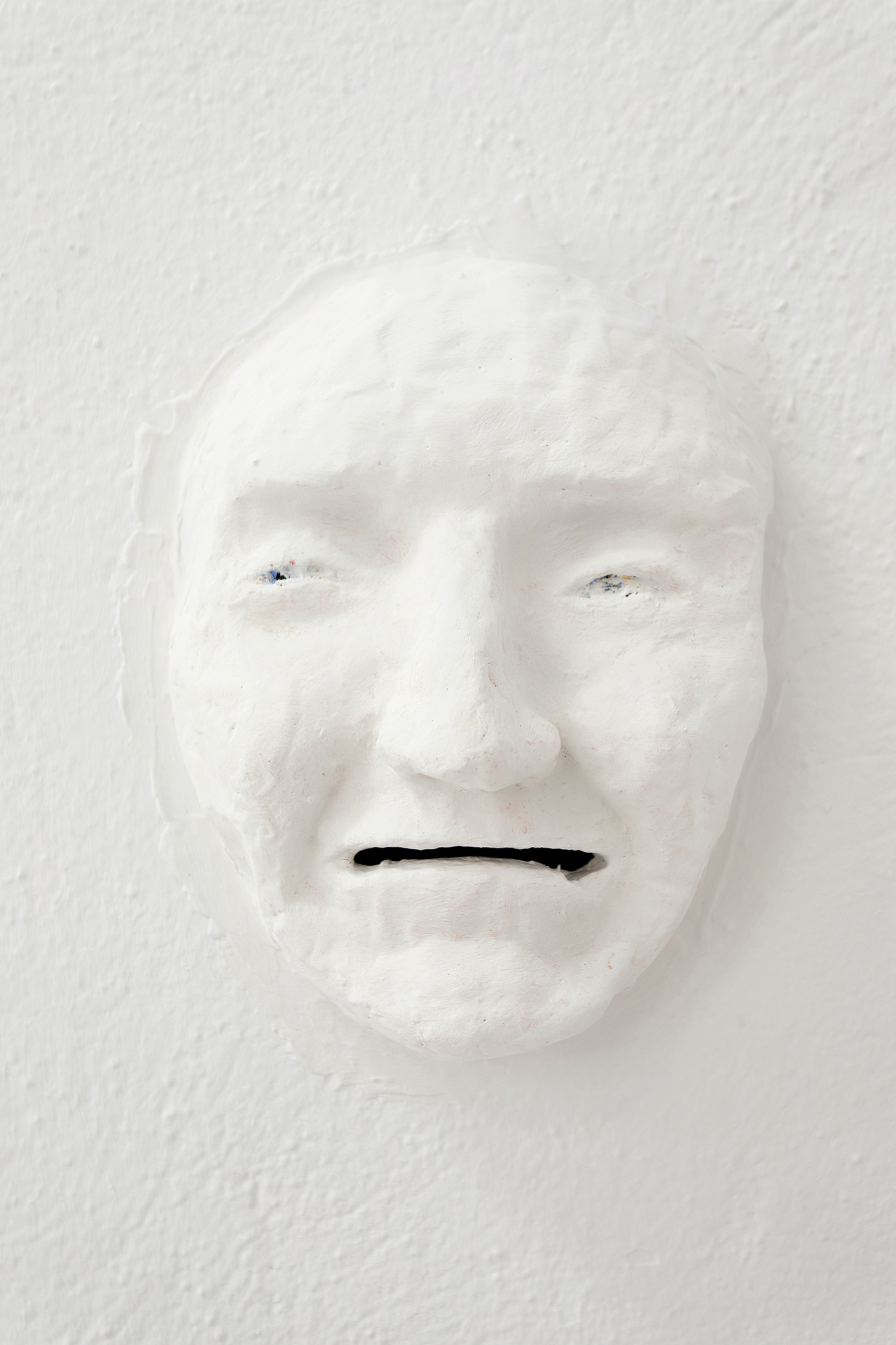
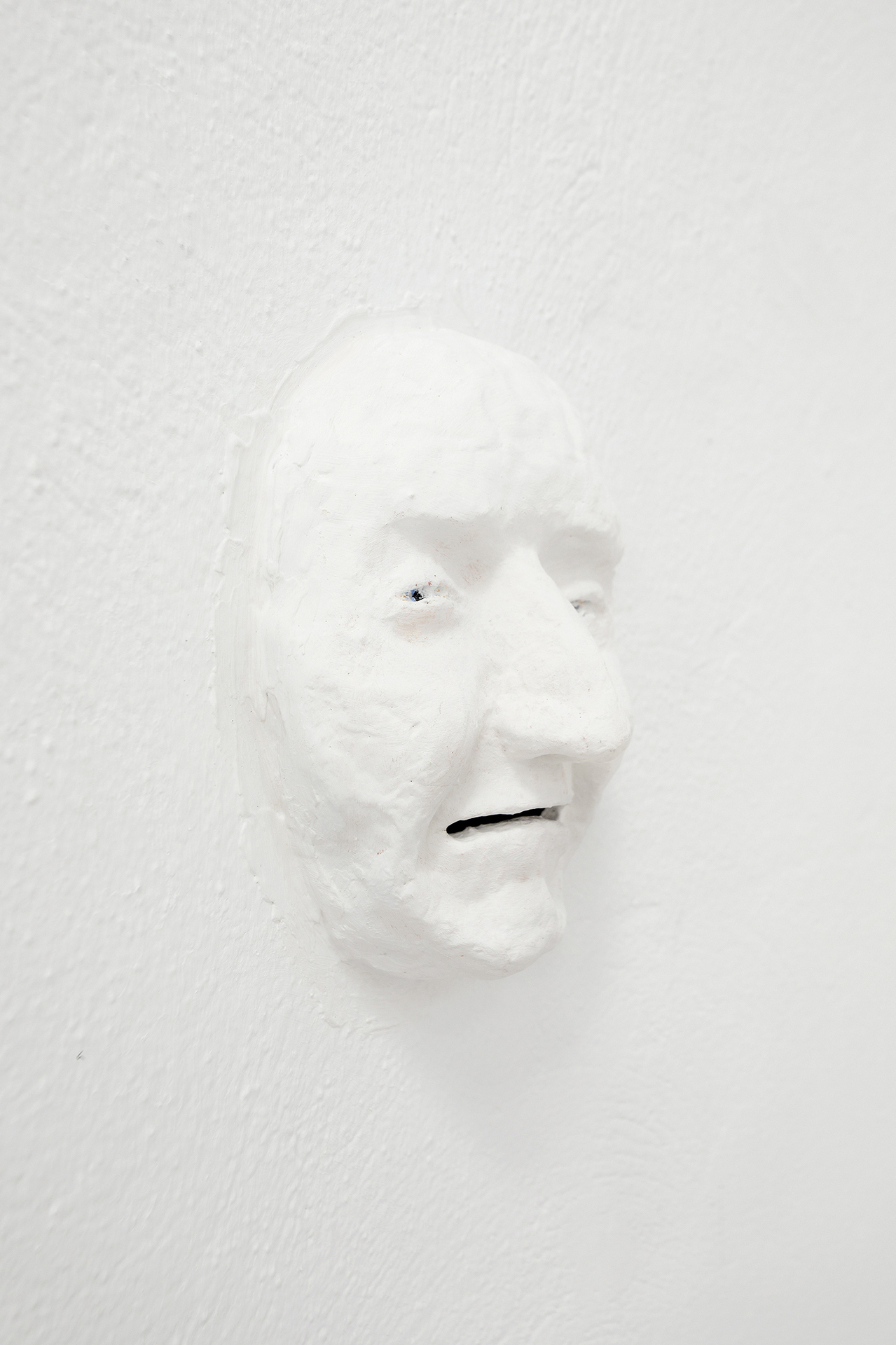

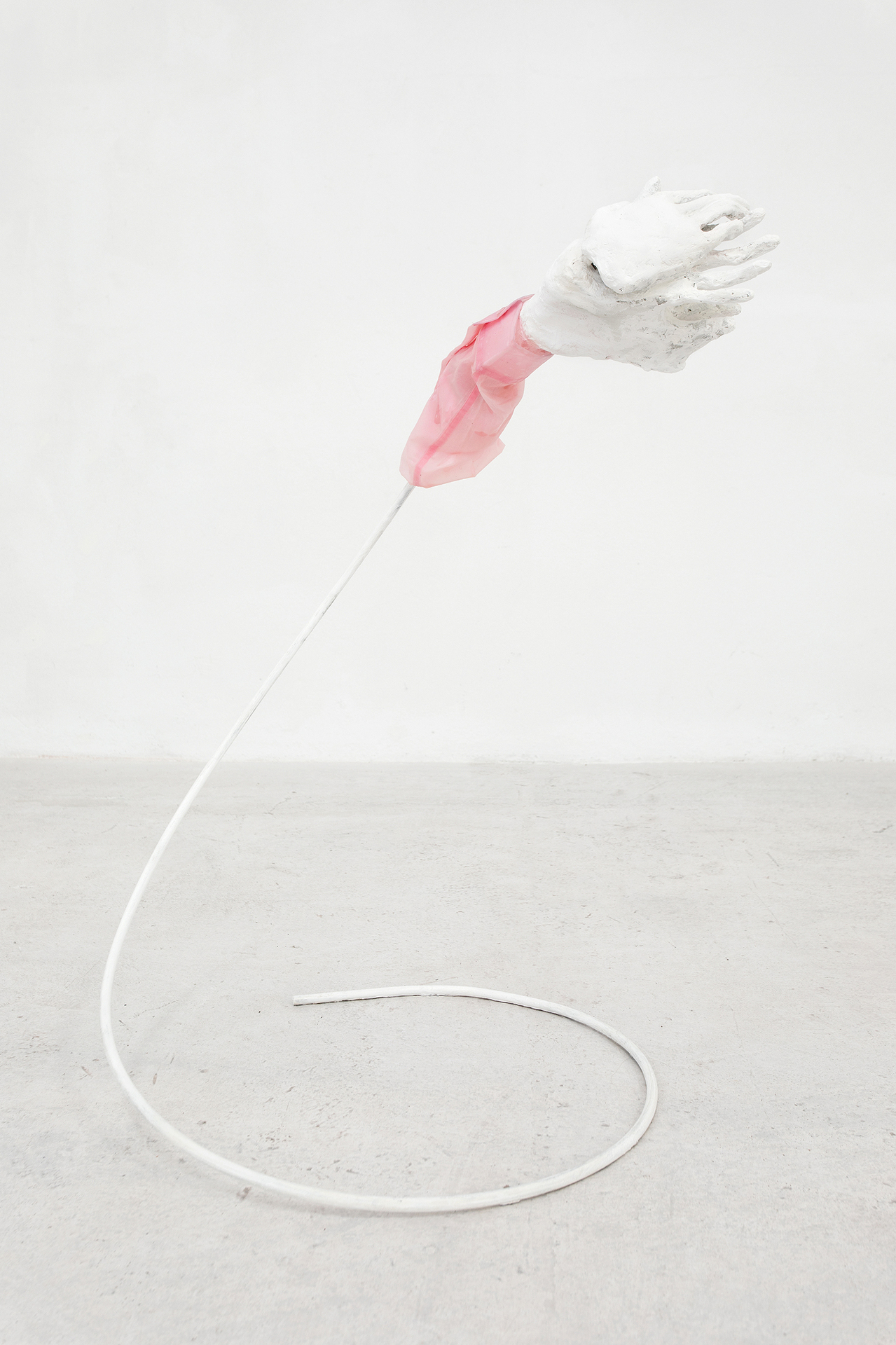
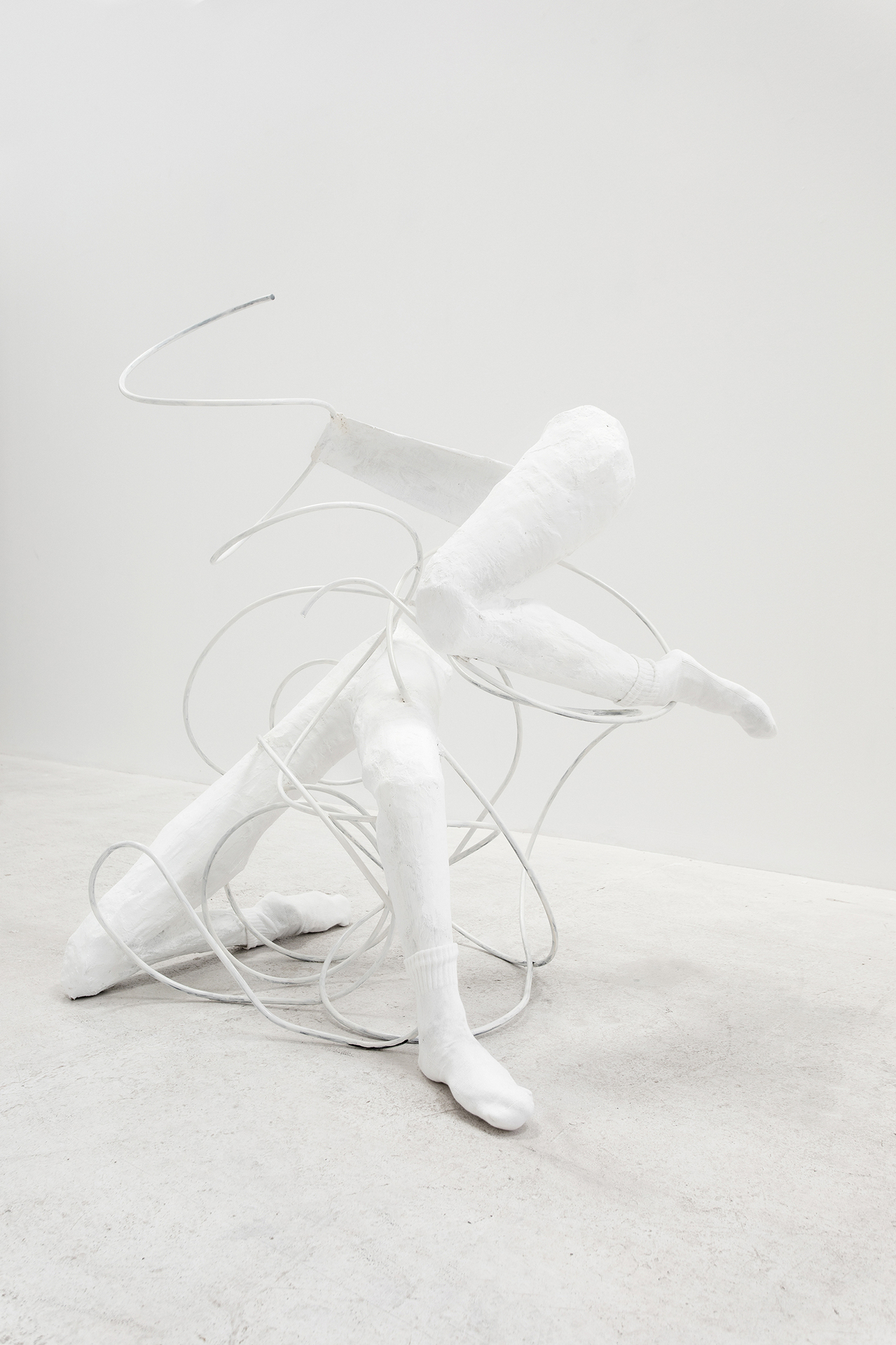
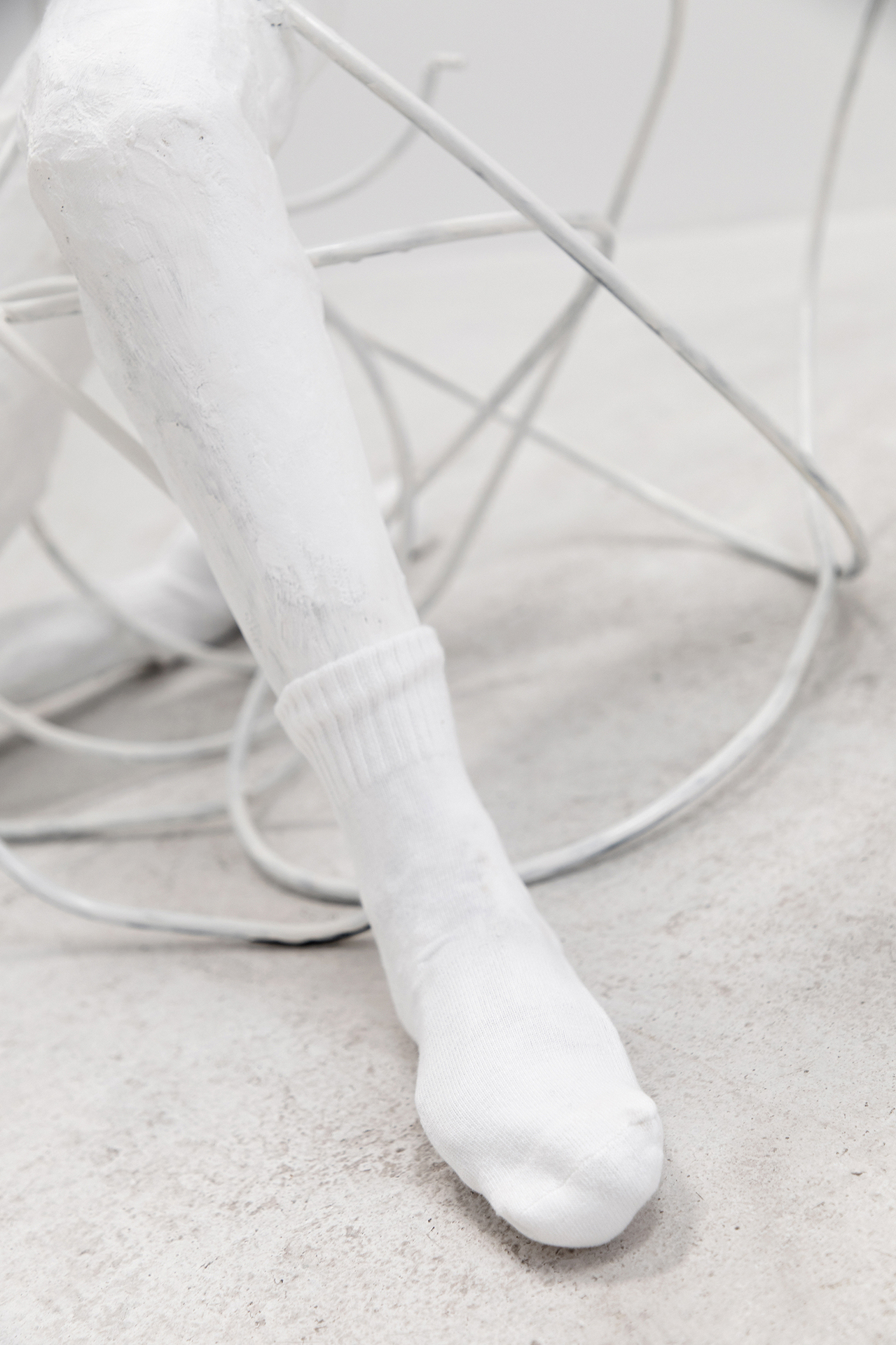
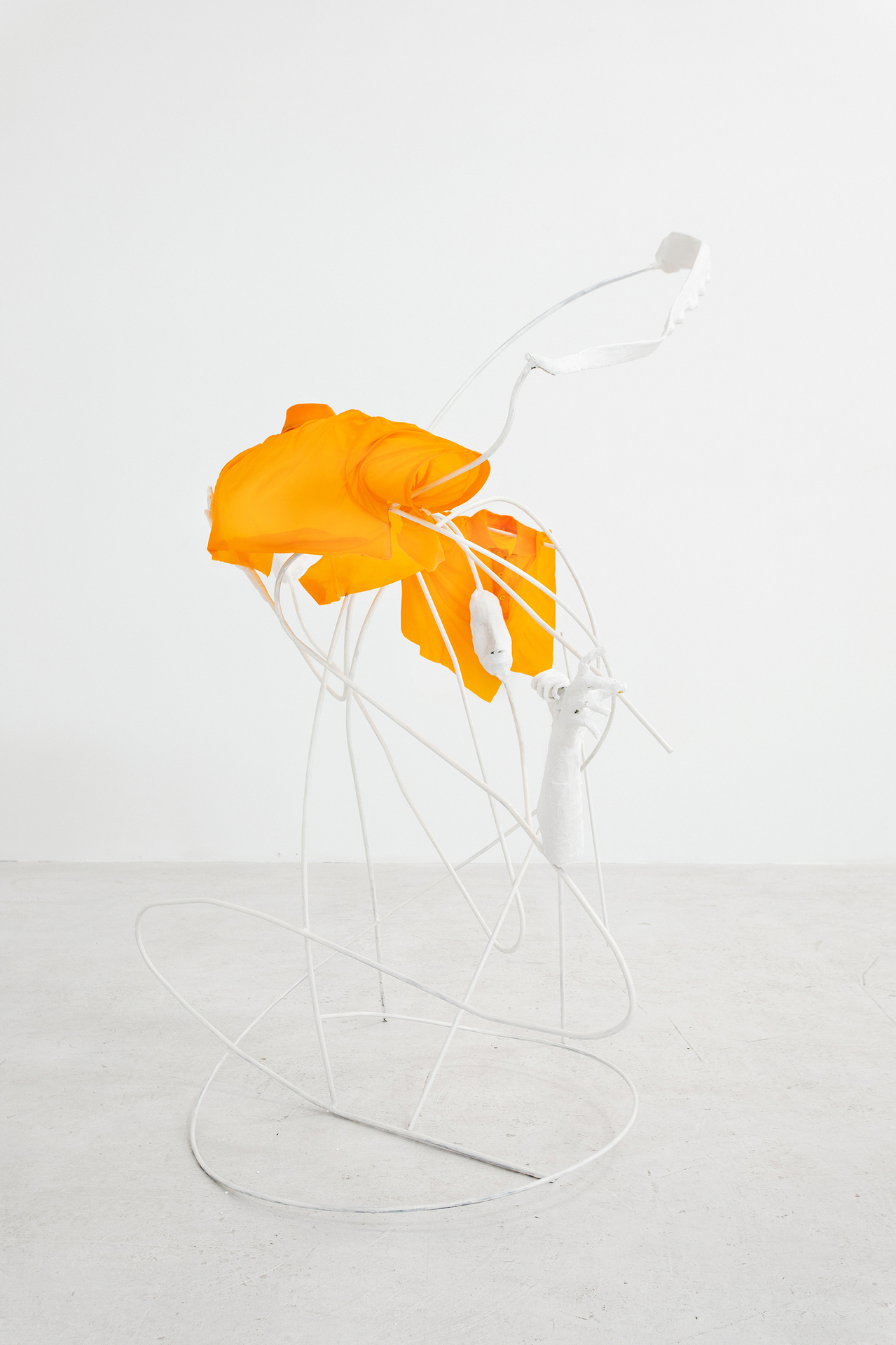
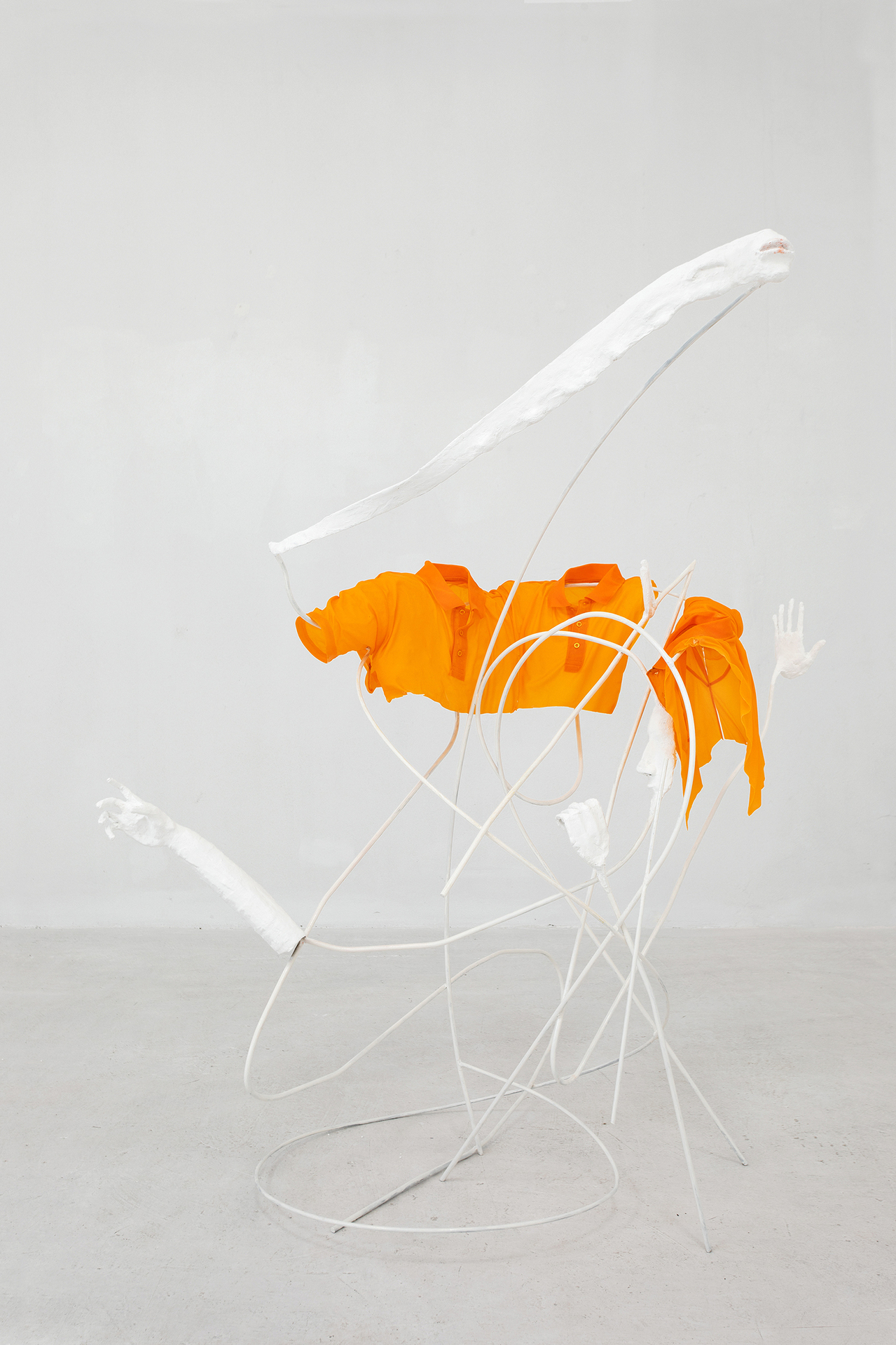

Location
L21 GalleryDate
13.09 –05.11.2020Photography
Natasha LebedevaSubheadline
Solo exhibition by Hannah Fitz at the room 2 of L21 Gallery. First solo presentation of the artist in Spain after her participation in the group exhibition "I'm Trying To Explain" at L21 in 2019.Text
“It would be easy to say that I picked up a knife, slit open my side, took my heart out, and threw it away; but unfortunately it wasn’t as easy as that. Not that I, like everyone else, had not often wanted to do it. No, it happened differently, and not as I expect"1
If we were to hold our heart in the palm of our hands for a moment, horrified, like the character in this short story by Doris Lessing, would we be capable of imagining what would remain inside that hollowed out space in the thoracic cavity? Making space for the void always pushes us to an uncomfortable problem – here it is, what should we do with it? And this is precisely because the void is like a door that suddenly opens the way to countless possibilities. Lessing’s protagonist, who incidentally does not have a name, appears to be more obsessed with the positive space, the organ out of place and the immediate problems resulting from it:
“I took a good look at this object, nearly died with embarrassment, and walked over to the rubbish can, where I tried to let it roll off my fingers. It wouldn’t. It was stuck. There was my heart, a large red pulsing bleeding repulsive object, stuck to my fingers.
What was I going to do?”2
The problem is, in fact, two-fold though. On the one hand, the heart stuck to the hand leaves a negative space in the chest, a half-empty rib cage that loses stability and threatens to collapse, like a building. On the other hand, it is not only the negative space that is created, but in addition to that, the heart remains between the fingers creating a strange, structurally impossible, and even grotesque, body. How can it be alive?
It is possible to ask oneself exactly the same question about Hannah Fitz’s most recent sculptures. How can they be so alive if they only have their extremities and an immense void? How can they breathe as they do and occupy a space so resolutely, with only their structural nudity? Even without a vital organ stuck to its fingers, the plaster hand in her sculpture “She lifted her face to the warm sun” appears to be seeking physical contact, as it blindly reaches out. Other limbs seek and approach one another, as if reaffirming their existence thanks to that proximity.
The mouth has a particularly important presence in these new pieces too – it is an abyss from which meaning emanates. In fact, Fitz’s works appear to move in that dual reality of the body: the flesh and the words, the material and the symbolic. Perhaps for this reason, in the same way the ideas have to be dressed with language so that they survive the inclemency in the space of the intersubjective, the artist has covered the chests of her impossible human figures with clothing. Through the fabric it is difficult, very difficult, to decide if they are alive or not, if there is a beating heart behind, or if this is already far away, somewhere else, in some other body.
Esmeralda Gómez Galera
Palma, 2020
1 Lessing, Doris. How I Finally Lost My Heart. “A Man and Two Women” New York: Popular Library Edition 1963. P. 83.
2 Ibid. P. 88.
BIO
Hannah Fitz, born in Dublin, in 1989. Lives and works in Berlin.
Hannah Fitz’s sculptures are inexact versions of furniture and figures: familiar objects painted in a faded, near-monochromatic spectrum. Made in series, they appear to co-exist in a universe that omits us: a world in which action is arrested, colour is muted, light and shadow have form, and gravity seems less in control. In this departicularized sculptural landscape, the life-size occupants appear overly still as though suspended in time: cigarette smoke curls upwards from an ashtray; boxy TVs emit a dim glow of light; a football player on its knees with a shirt forever pulled up around its head. Piles of dyed blue clothing masquerade in the human form given by jeans, jackets, and dresses.
In her recent solo exhibitions, we find “OK”, Kerlin Gallery Dublin, Ireland (2019) or “Knock Knock”, Temple Bar Gallery + Studios, Dublin Ireland (2018). She has shown his work in Art Basel 2019 with Kerlin Gallery and in several group exhibitions such as “DISRUPTORS”, Highlanes Gallery, Drogheda, Ireland (2019), “I’M TRYING TO EXPLAIN”, L21 Gallery, Mallorca, Spain (2019) or “Tail and Heads”, Contemporary Art Centre, Vilnius, Lithuania (2019). She has also participated in residency programs for artists like the International Studio and Curatorial Program, Brooklyn, New York (2019) and she received the Next Generation Artist Award from the Arts Council of Ireland in 2017.
Esmeralda Gómez Galera